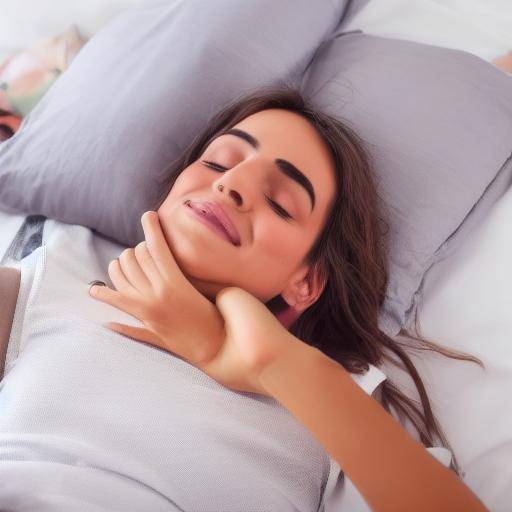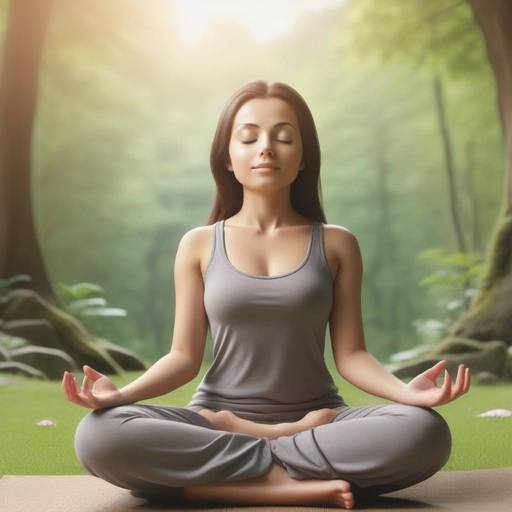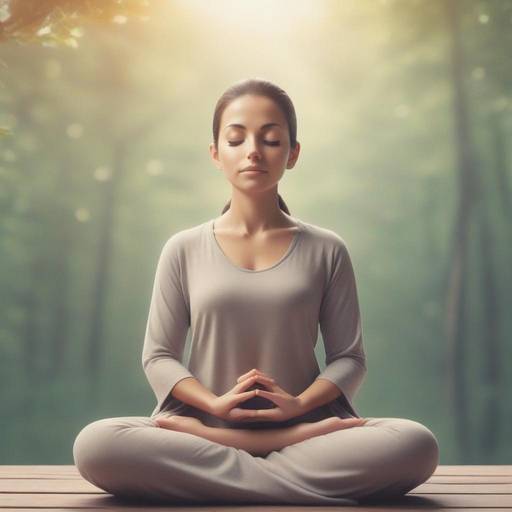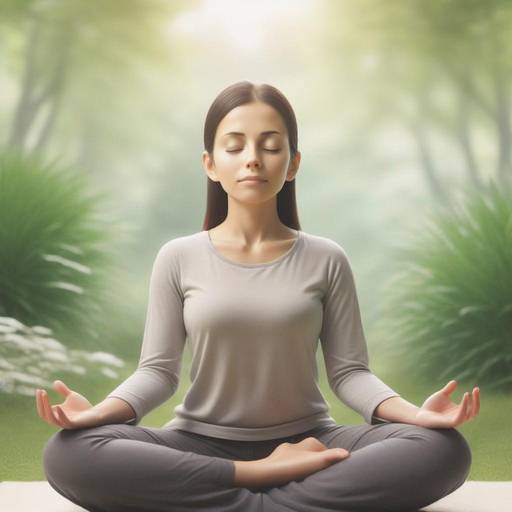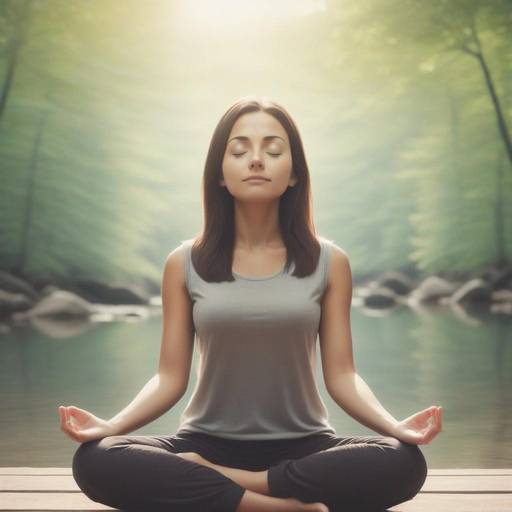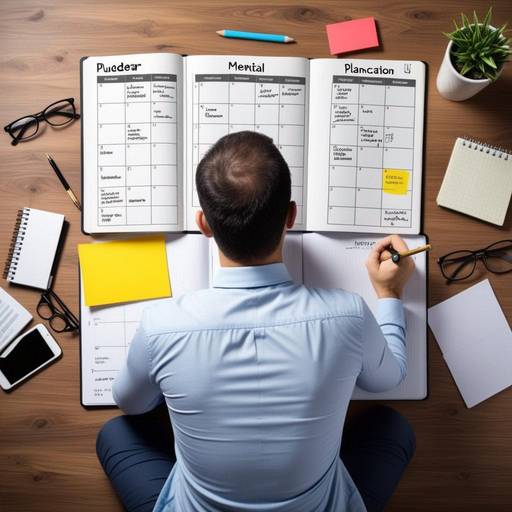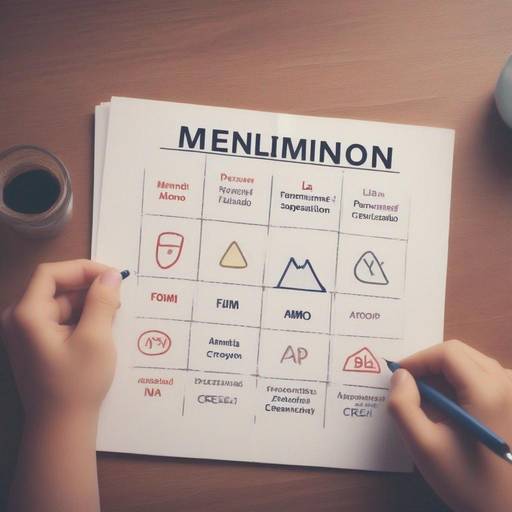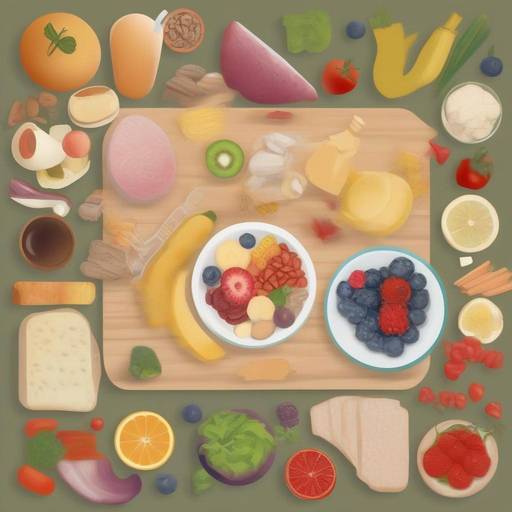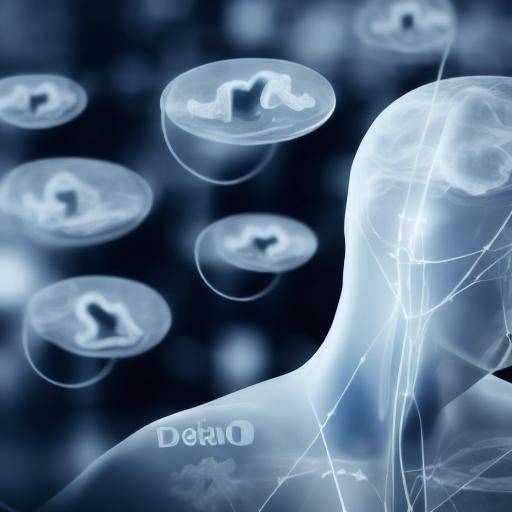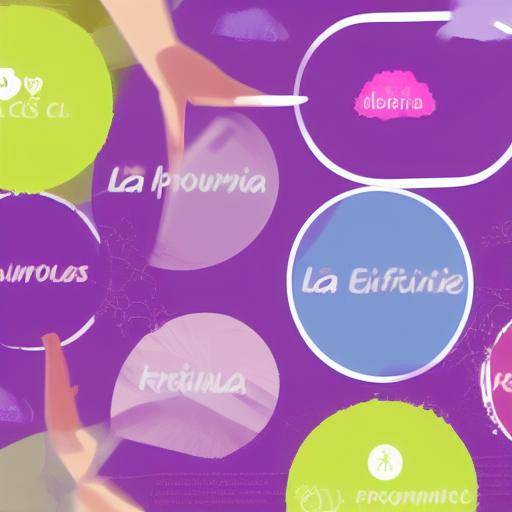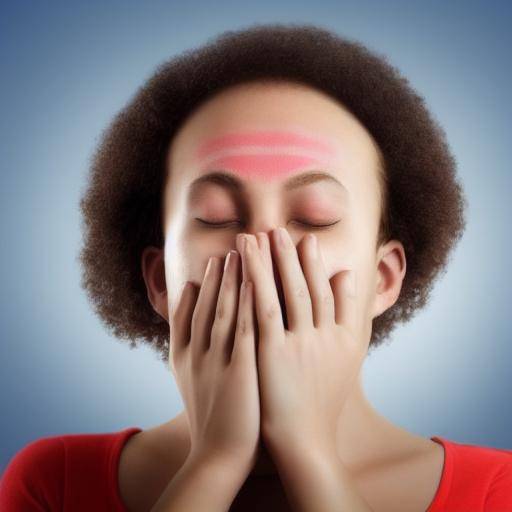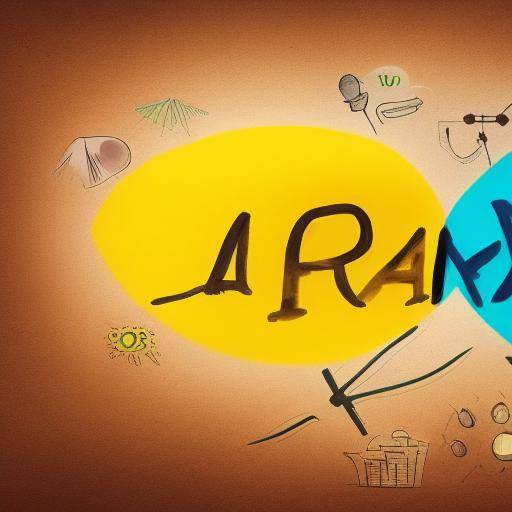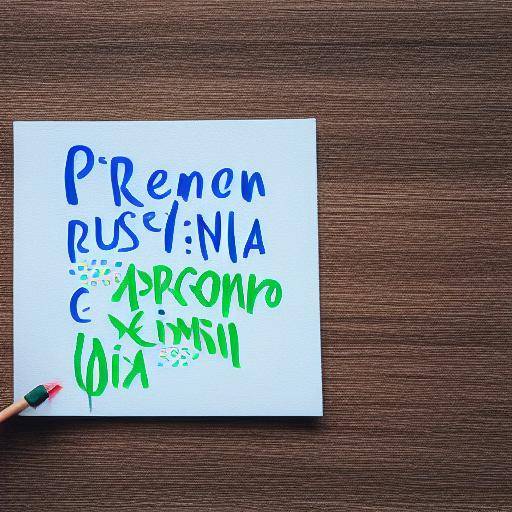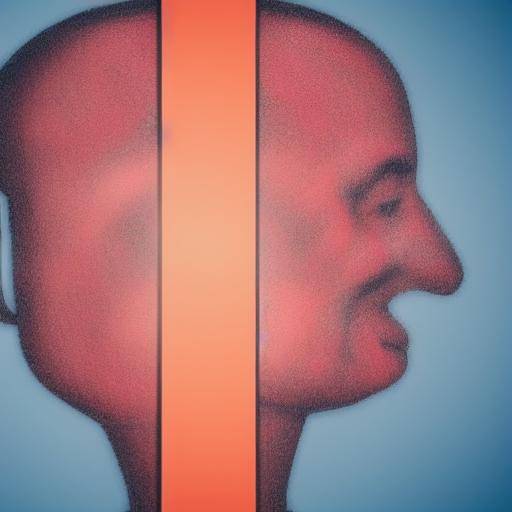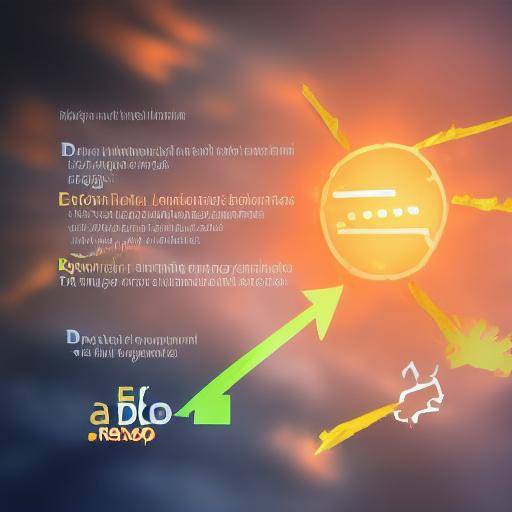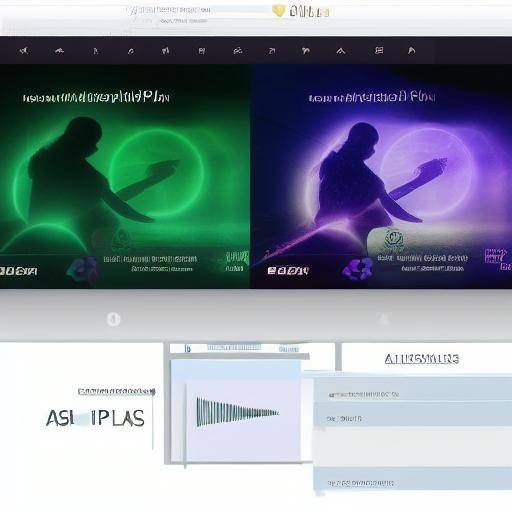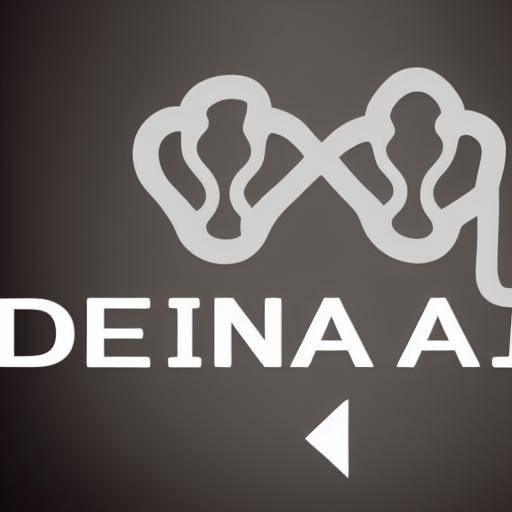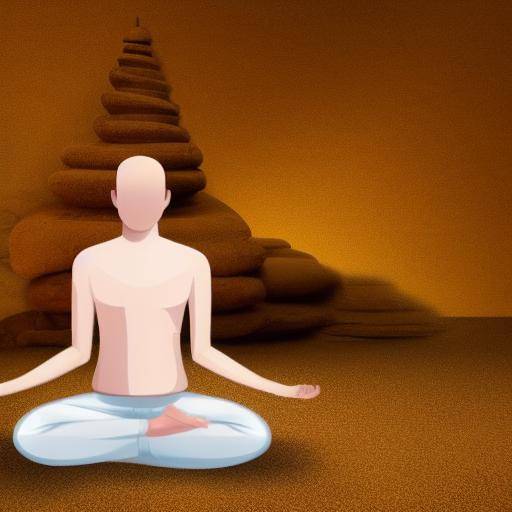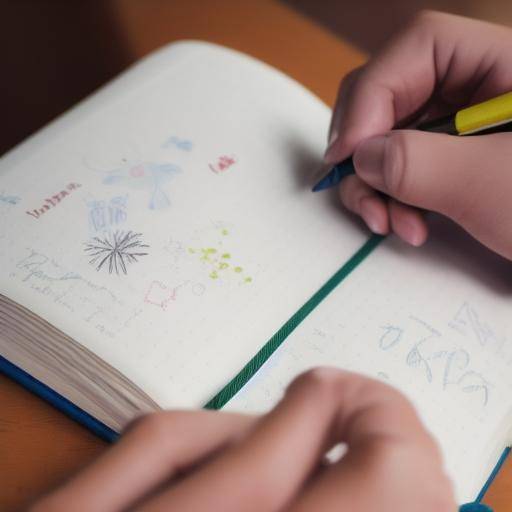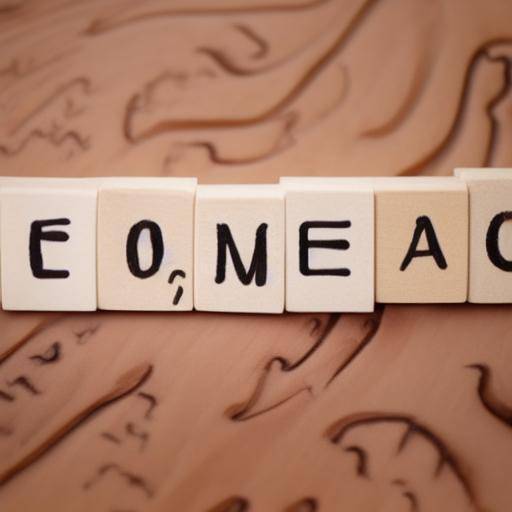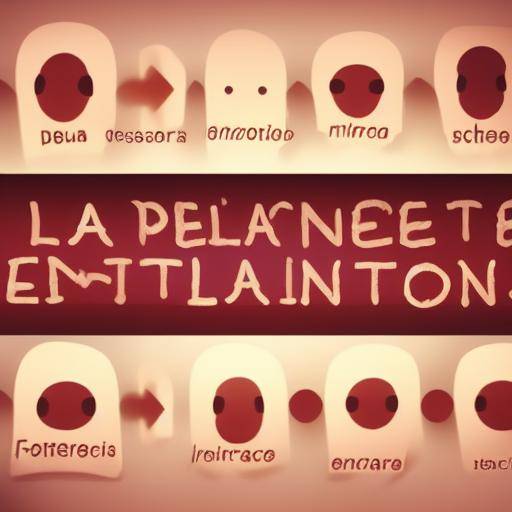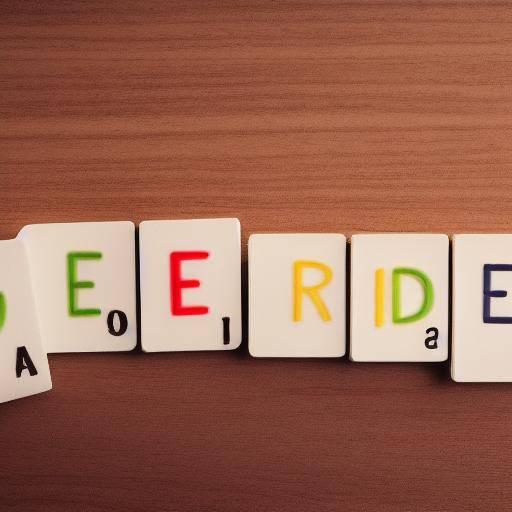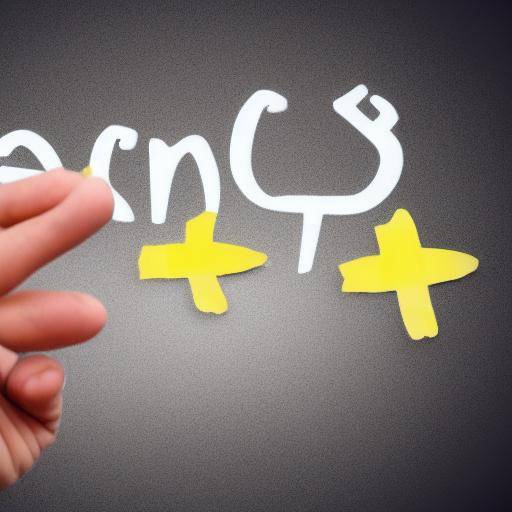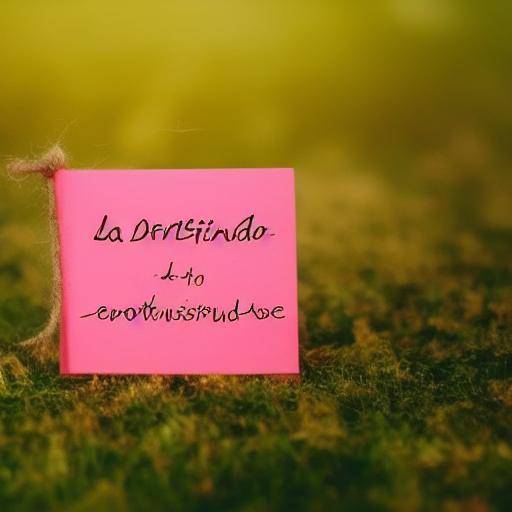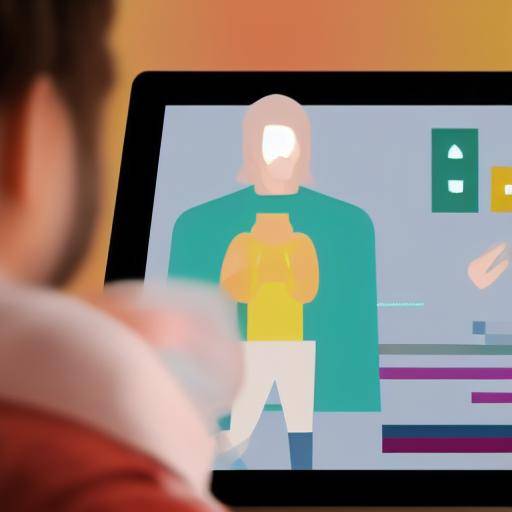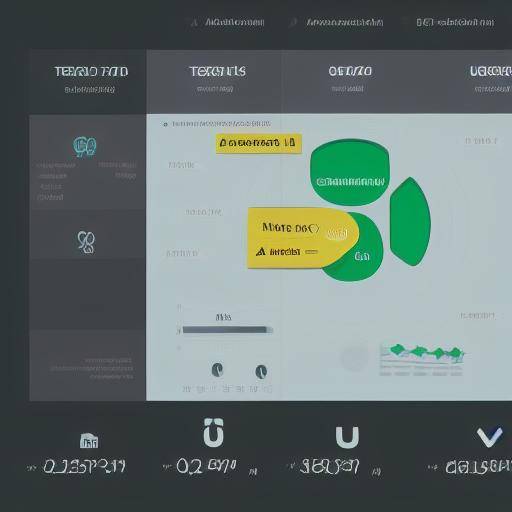
Visualization is a powerful technique that can be used to promote self-care and improve mental well-being. In this article, we will explore in detail how visualization can be incorporated as part of a self-care routine, its benefits, challenges, and its relationship with mental well-being. We will discover practical strategies, useful tips and case studies to better understand this technique and how it positively impacts everyday life.
Introduction
Self-care is fundamental to maintain an emotional, physical and mental balance in everyday life. In the current era, where stress and pressures are constant, finding effective techniques for self-care becomes a priority. Visualization is a powerful tool that can contribute significantly to general well-being.
In order to provide a complete guide on the use of visualization as a technique of self-care, this article offers a holistic view of its foundations, benefits, practical application and its relation to mental well-being. It also includes key strategies, detailed information and practical advices supported by field experts.
History and Background
The visualization, also known as a guided imagination, has its roots in ancient meditation practices and therapeutic approaches. Its use dates back to ancient cultures, where it was applied to foster healing and well-being. Over time, it has evolved into a recognized technique in fields such as psychology, alternative medicine and personal development.
Visualization as a self-care tool has gained popularity in recent decades, backed by scientific evidence that supports its benefits for mental well-being. Various therapeutic currents and approaches to personal development have adopted it as an effective tool to relieve stress, promote self-acceptance and promote mental clarity.
Detailed Analysis
Visualization has been highlighted as a practice that brings many benefits to self-care and mental well-being. By visualizing positive scenarios, full attention is encouraged and stress levels are reduced. This approach can help improve the mood, increase self-confidence and strengthen emotional resilience.
Visualization practice can also serve as a tool to address emotional and mental challenges. By visualizing scenarios that generate tranquility and well-being, relaxation, reduction of anxiety and the promotion of a positive attitude towards life are promoted. These benefits are fundamental to self-care and emotional well-being.
Comprehensive review
When applying visualization as part of self-care, it is vital to understand the various techniques and approaches available. Visualization methods vary according to individual preferences and specific self-care objectives. Some people prefer guided visualizations, while others prefer to create their own mental images to achieve a state of relaxation and well-being.
Personal development experts, therapists and mental well-being professionals agree that visualization can be a powerful tool when used consistently and looking for specific goals. Integrating visualization into the daily self-care routine can generate sustainable benefits that favor long-term emotional and mental well-being.
Comparative analysis
Visualization, self-care and mental well-being are intrinsically related. Visualization becomes a key component of self-care by serving as an effective technique to promote relaxation, reduce stress and maintain an emotional balance. As a result, it contributes significantly to mental well-being by fostering a positive mentality and strengthening emotional resilience.
Practical Tips and Accessible Tips
By incorporating visualization as part of self-care, it is important to adopt practical approaches and direct action. Some useful strategies include booking a daily time for visualization exercises, creating a quiet and relaxing space, and using resources such as guided visualization recordings.
In addition, it is beneficial to combine visualization with other self-care practices, such as physical exercise, balanced feeding and stress management. This holistic integration allows maximizing the positive effects of self-care on general well-being.
Industry Perspectives and Expert Reviews
Experts in the field of well-being and mental health have expressed their support for visualization as an effective practice for self-care and promotion of emotional well-being. They emphasize the importance of visualization in stress management, the promotion of self-esteem and the strengthening of resilience.
Experts in positive psychology, cognitive-behavioral therapists and integral well-being professionals agree that visualization can be a valuable resource for improving the quality of life and fostering a positive attitude towards oneself and towards the environment.
Case Studies and Applications in Real Life
The impact of visualization on self-care is evident through numerous case studies that illustrate its effectiveness in different contexts. From therapeutic environments to applications in everyday life, the experiences of individuals who have integrated visualization in their self-care routine reveal significant results in reducing stress, improving emotional well-being and strengthening self-confidence.
Future Trends and Predictions
As self-care and mental well-being gain a greater role in today's society, visualization is expected to continue to be recognized as a relevant and effective technique. Research in the field of well-being and psychology will support its application through more personalized and tailored approaches to individual needs.
Conclusion
Visualization emerges as a valuable tool that can enhance self-care and mental well-being significantly. By integrating visualization into the self-care routine, it is possible to foster a well-being-oriented mentality and strengthen emotional resilience. By understanding and applying this technique consistently, it is feasible to experience a significant improvement in quality of life and emotional balance.
FAQs
What is visualization and how does it relate to self-care?
Visualization is a technique that involves creating positive mental images to promote relaxation, reduce stress and strengthen emotional resilience. By integrating visualization into the self-care routine, mental and emotional well-being is fostered through full attention and the creation of positive scenarios.
What are the benefits of practicing visualization as part of self-care?
Visualization as part of self-care offers numerous benefits, including stress reduction, self-esteem strengthening, relaxation promotion and a positive attitude towards life. This practice also contributes to emotional balance and general well-being.
How can I incorporate the visualization into my daily self-care routine?
To integrate visualization into the self-care routine, you can book a daily time to perform visualization exercises, create a quiet and relaxing environment, and use resources such as guided visualization recordings. It is also beneficial to combine visualization with other self-care practices, such as physical exercise and balanced feeding.
Are there different visualization techniques I can explore?
Yes, there are different visualization approaches, from guided visualizations to the creation of personalized mental images. By exploring various techniques, you can find the one that best suits individual preferences and specific self-care goals.
Can visualization help in managing stress and anxiety?
Yes, visualization has proven to be effective in managing stress and anxiety by promoting relaxation, reducing the activation of the sympathetic nervous system and fostering a sense of calm. By using visualization as a self-care technique, it is possible to reduce anxiety and promote emotional well-being.
Is visualization suitable for all people or are there specific considerations to take into account?
While visualization can be beneficial for many people, it is important to consider individual preferences and specific needs. Some people may feel more comfortable with certain visualization techniques than others, so it is important to explore and adapt practices to find the one that best fits each person.
Is visualization a science-supported technique in the context of self-care and mental well-being?
Yes, visualization as a self-care technique is supported by scientific evidence that supports its effectiveness in reducing stress, promoting emotional well-being and strengthening resilience. Numerous studies support the benefits of visualization in the context of general welfare.
In short, visualization is presented as a valuable technique that can be effectively integrated into the self-care routine to promote emotional and mental well-being. By understanding its practical foundations, benefits and strategies, it is possible to make the most of this tool, strengthening self-care and promoting lasting emotional balance.

